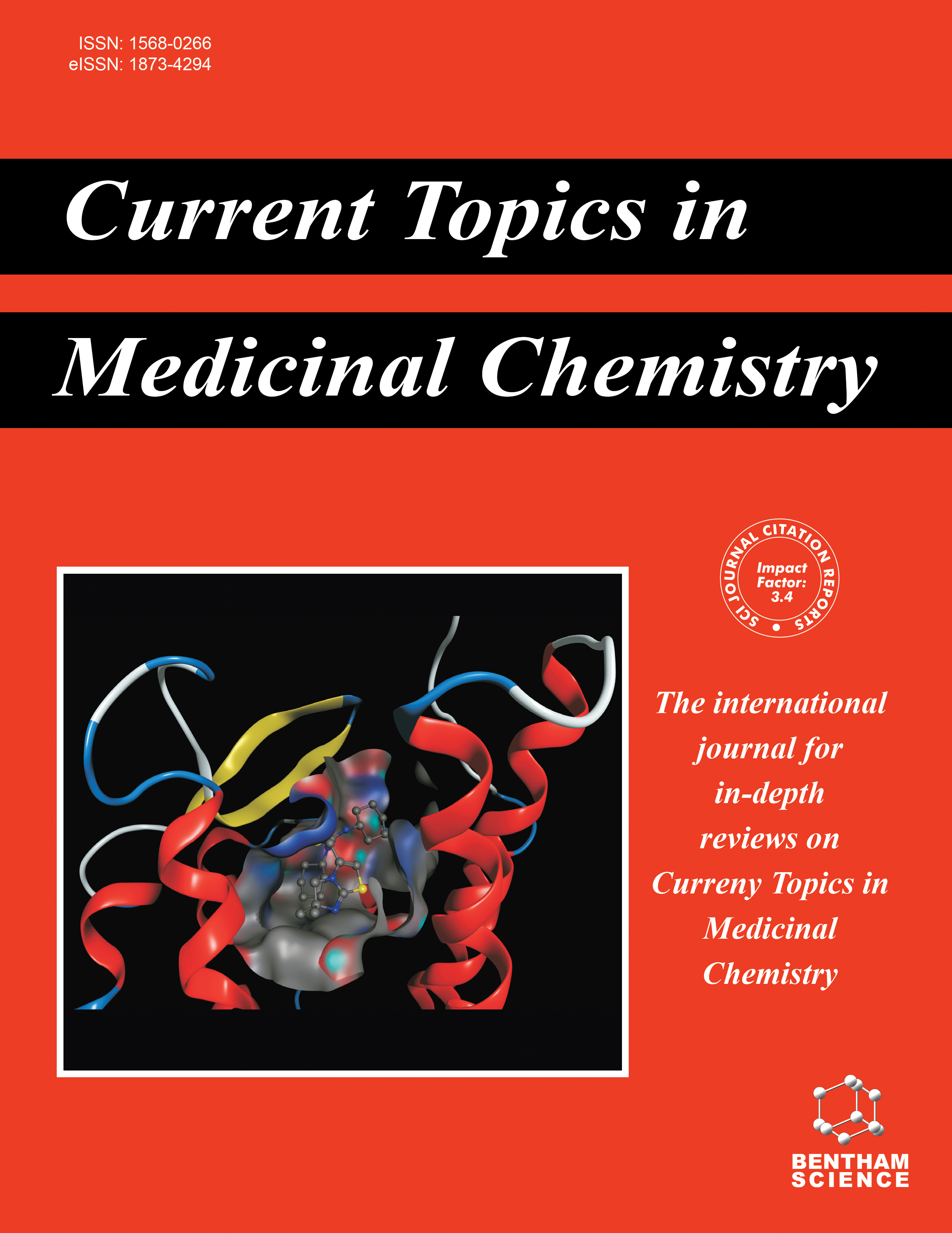
Full text loading...
The urgent need for novel antibiotics in the face of escalating global antimicrobial resistance necessitates innovative approaches to identify bioactive compounds. Actinomycetes, renowned for their prolific production of antimicrobial agents, stand as a cornerstone in this pursuit. Their diverse metabolites exhibit multifaceted bioactivities, including potent antituberculosis, anticancer, immunomodulatory, immuno-protective, antidiabetic, etc. Though terrestrial sources have been exploited significantly, contemporary developments in the field of antimicrobial drug discovery have put marine actinomycetes in a prominent light as a promising and relatively unexplored source of novel bioactive molecules. This is further boosted by post-genomic era advances like bioinformatics-based secretome analysis and reverse engineering that have totally revitalized actinomycetes antibiotic research. This review highlights actinomycetes-based chemically diverse scaffolds and clinically validated antibiotics along with the enduring significance of actinomycetes from untouched ecosystems, especially with recent advanced techniques in the quest for next-generation antimicrobials.

Article metrics loading...

Full text loading...
References


Data & Media loading...

